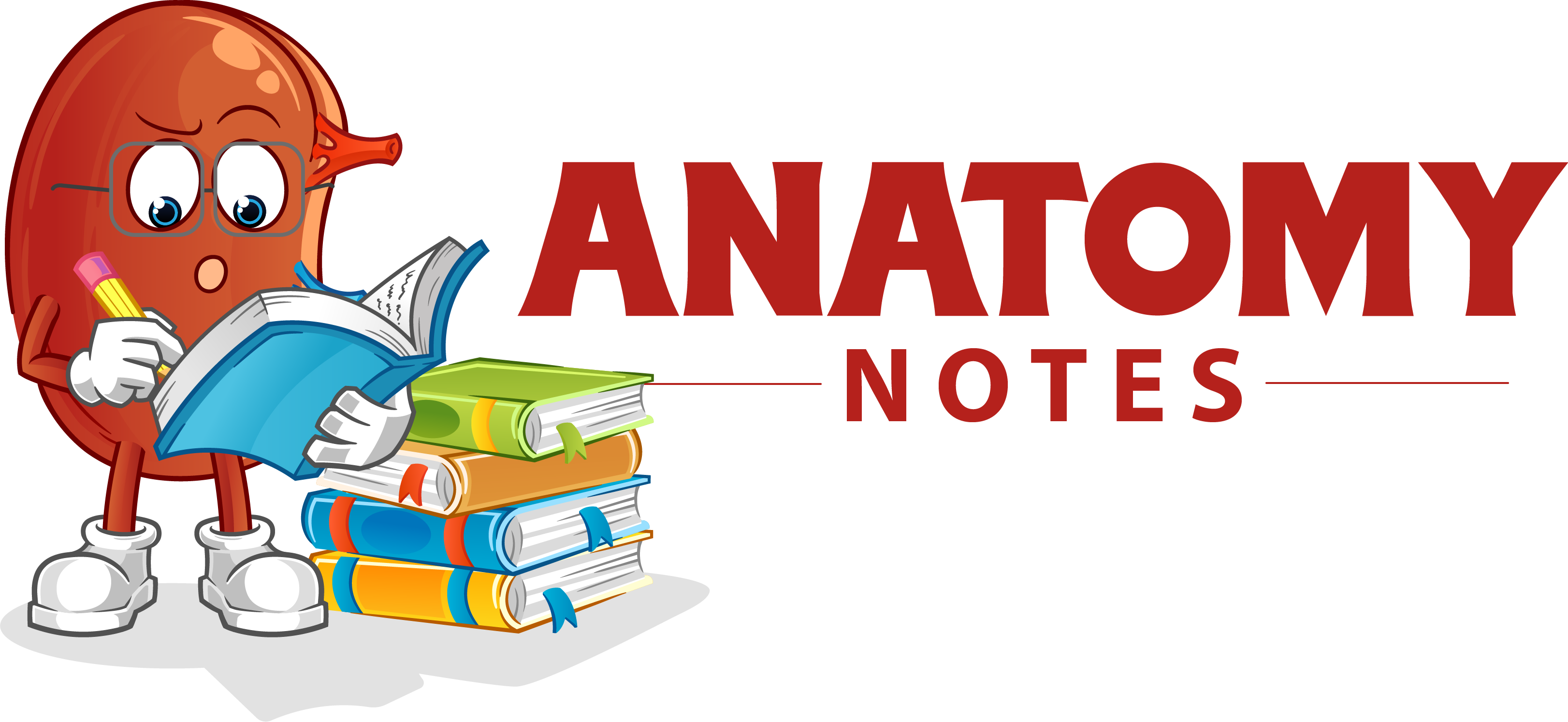The umbilical cord and placenta help animals, including humans, develop before birth. Each helps the baby and mother share nutrition, air, and waste materials. They’re related and work together, yet they’re separate. During pregnancy, the placenta matures into a complex organ. It transfers blood from the mother to the baby. The uterine wall attaches to it. The infant receives oxygen and nourishment from the mother. By blocking harmful substances, the placenta protects the infant. Progesterone and hCG are also produced by it.
The infant is attached to the placenta via a flexible umbilical cord. It has two arteries and one vein that delivers oxygenated, nutrient-rich blood from the placenta to the infant and returns deoxygenated, waste-filled blood to it. The umbilical cord transfers gases and nutrients between the fetus and the mother’s bloodstream.
Both the placenta and the umbilical cord assist the fetus to obtain food and eliminate waste, although they are distinct. The placenta develops from the mother and fetus. However, the umbilical cord is primarily blood vessels and connective tissue. The placenta produces hormones, exchanges nutrients, and gases, and eliminates waste. Blood flows from the newborn to the placenta through the umbilical cord.
The umbilical cord and placenta help the infant grow and stay healthy during prenatal development. The placenta distributes nutrition, gases, and hormones. Blood flows through the umbilical cord between the fetus and the placenta. To comprehend the numerous mechanisms that maintain a fetus growing and developing during pregnancy, you need to grasp how these structures are distinct.
|
S. No. |
Aspect |
Umbilical Cord |
Placenta |
|
1 |
Composition |
Flexible cord-like structure |
Organ attached to the uterine wall |
|
2 |
Function |
Connects the fetus to the placenta |
Provides oxygen, nutrients, and removes waste from the fetus |
|
3 |
Length |
Varies, typically around 20 inches (50 cm) |
Disc-like organ, usually 6-8 inches (15-20 cm) in diameter |
|
4 |
Structure |
Contains blood vessels (veins and arteries) |
Contains blood vessels, amniotic sac, and chorionic villi |
|
5 |
Appearance |
Cord-like, typically pale and gelatinous |
Disk-like, reddish-brown color |
|
6 |
Location |
Connects the fetus at the belly button area |
Attached to the uterine wall |
|
7 |
Blood Flow |
Carries oxygenated blood to the fetus |
Transports nutrients and oxygen to the fetus |
|
8 |
Waste Removal |
Removes deoxygenated blood and waste products |
Transfers waste and carbon dioxide from the fetus |
|
9 |
Maternal Connection |
Derived from both fetal and maternal tissues |
Formed by maternal and fetal tissues |
|
10 |
Development Time |
Forms by the fifth week of gestation |
Develops during early pregnancy |
|
11 |
Components |
Contains two arteries and one vein |
Consists of maternal and fetal components |
|
12 |
Amniotic Fluid Exchange |
Does not directly exchange amniotic fluid |
Facilitates exchange of nutrients and gases |
|
13 |
Fetal Oxygenation |
Provides oxygen to the fetus |
Enables oxygen exchange for the fetus |
|
14 |
Fetal Nutrient Supply |
Delivers nutrients to the fetus |
Supplies necessary nutrients to the fetus |
|
15 |
Blood Type Compatibility |
Fetus and mother’s blood types can differ |
Blood types of fetus and mother can differ |
|
16 |
Placental Barrier |
Acts as a barrier between fetal and maternal blood |
Facilitates nutrient and gas exchange |
|
17 |
Hormone Production |
Does not produce significant hormones |
Produces hormones to support pregnancy |
|
18 |
Removal After Birth |
Remains attached until clamped and cut |
Delivered shortly after the baby’s birth |
|
19 |
Source of Stem Cells |
Contains some fetal stem cells |
Source of mesenchymal stem cells |
|
20 |
Size Change During Pregnancy |
Length remains relatively consistent |
Grows in size throughout pregnancy |
|
21 |
Protective Role |
Protects the blood vessels within the cord |
Provides a barrier against infections |
|
22 |
Timing of Formation |
Forms after the implantation of the embryo |
Begins forming soon after conception |
|
23 |
Nutrient Exchange Site |
Not the primary site of nutrient exchange |
Primary site of nutrient and gas exchange |
|
24 |
Handling After Birth |
Cord may be clamped and cut after birth |
Placenta is typically delivered shortly after birth |
|
25 |
Functions After Birth |
No longer functional after birth |
No longer required after the baby’s birth |
|
26 |
Blood Volume |
Carries a small portion of fetal blood volume |
Has a significant portion of fetal blood volume |
|
27 |
Fetal Waste Disposal |
Participates in waste removal from the fetus |
Does not actively remove fetal waste |
|
28 |
Cord Blood Banking |
Cord blood can be collected and stored for potential medical use |
Placental tissue can also be collected for regenerative purposes |
|
29 |
Implantation |
Does not implant in the uterus |
Attaches to the uterine wall |
|
30 |
Protection of Fetus |
Provides a conduit for nutrients and oxygen |
Provides a barrier against maternal immune response |
|
31 |
Vascular Structure |
Contains vessels in a helical pattern |
Contains vessels connected to the fetus |
|
32 |
Blood Circulation |
Oxygenated blood flows from placenta to fetus |
Oxygenated blood flows from mother to fetus |
|
33 |
Removal During Delivery |
Typically clamped and cut after baby’s birth |
Delivered shortly after the baby’s birth |
|
34 |
Attachment to Uterus |
Not directly attached to the uterine wall |
Attached to the uterine wall through chorionic villi |
Frequently Asked Questions (FAQs)
Q1. What does the placenta do during pregnancy?
The placenta joins the mother and fetus during pregnancy. It transfers nutrients, oxygen, and waste between the mother and fetus. Placentas generate hCG and progesterone.
Q2. What is the umbilical cord, and how does it function?
The fetus’s umbilical cord is flexible. Two arteries and one vein carry blood between the fetus and the placenta. The arteries return deoxygenated and waste-laden blood to the placenta, while the veins carry oxygenated and nutrient-rich blood to the fetus. This cord transports gases, nutrients, and waste.
Q3. How do the placenta and umbilical cord form?
Fetal and maternal tissues form the placenta. It attaches to the uterine wall from the fertilized egg and uterine lining. The connecting stalk from the embryo develops the umbilical cord, which connects the fetus to the placenta.
Q4. Can placenta or umbilical cord abnormalities affect pregnancy?
Placenta and umbilical cord issues might affect pregnancy. Bleeding, reduced fetal development, and oxygen deprivation can result from placenta previa, placental abruption, or umbilical cord anomalies. Prenatal care detects and addresses concerns.
Q5. What happens to the placenta and cord after birth?
Fetal and maternal tissues form the placenta. It attaches to the uterine wall from the fertilized egg and uterine lining. The connecting stalk from the embryo develops the umbilical cord, which connects the fetus to the placenta.




